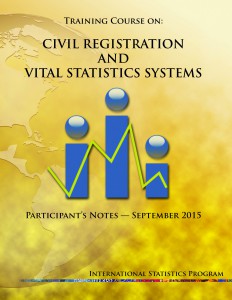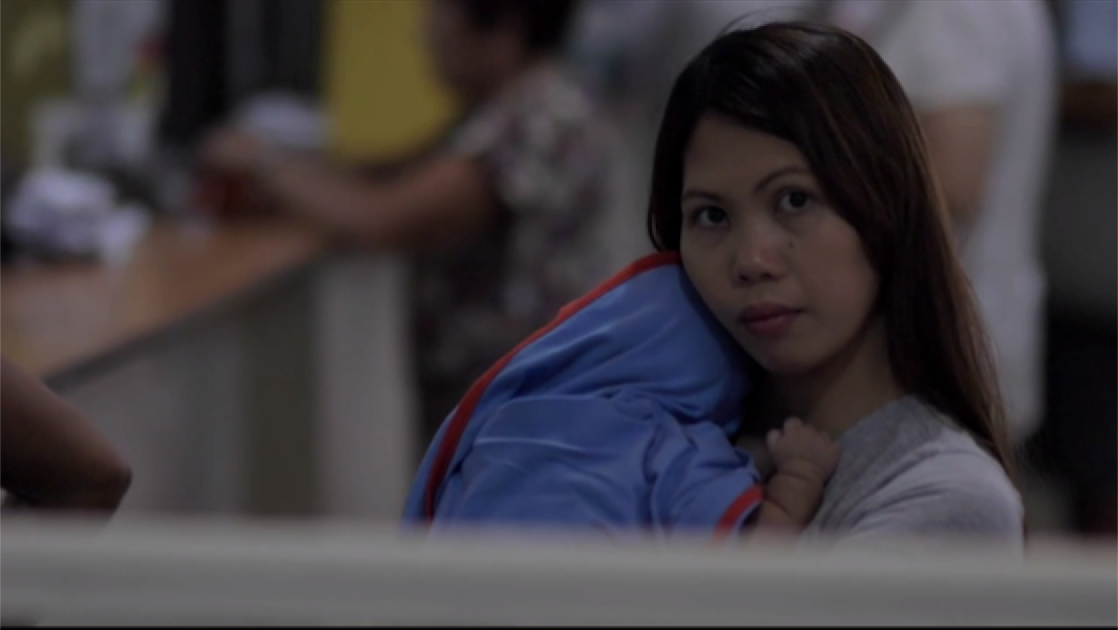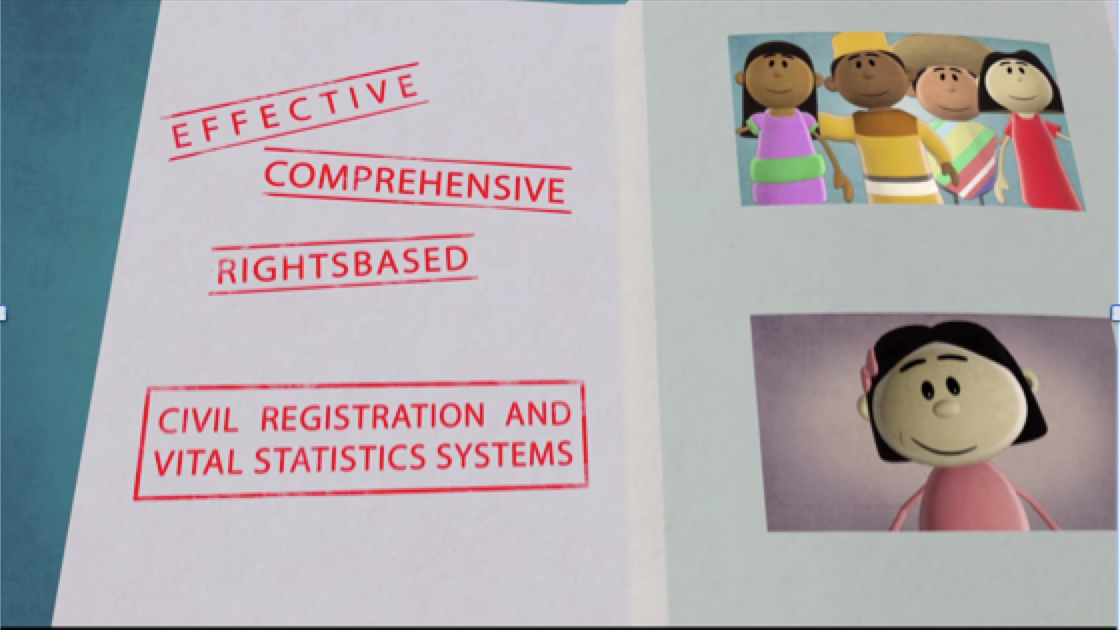Our community newsletter puts a spotlight on people who have gone above and beyond in their efforts to support CRVS programmes in Asia and the Pacific, raise awareness of CRVS issues or lead CRVS improvement efforts in their home country or in the region. This month, we would like to dedicate this issue of Insight to Tashi Dorjee.
What is your current title and role?
I serve as the Chief of the Social Statistics Division at the National Statistics Bureau in Bhutan. My work involves leading the planning and execution of several key surveys and censuses, including the Population and Housing Census, Bhutan Living Standard Survey, and the Labour Force Survey. I also oversee the analysis of data from the surveys and censuses, as well as the data from the Bhutan Civil Registration System (BCRS), to produce critical reports like the vital statistics report, the census report, living standard survey report, labour force survey report.
Beyond these, I contribute to creating thematic reports of policy relevance. These include reports on poverty analysis including the multidimensional poverty index (MPI), small area estimates of poverty, labor market dynamics, population projections, and rural-urban migration, demographic dividend among others. My role centers on using data to help shape policies that improve the well-being of the people in Bhutan.
Can you please share with us a particular experience which highlighted the importance of CRVS to you?
Working on the Vital Statistics Report has highlighted the ongoing challenge of incomplete birth and death registrations in Bhutan. Achieving completeness in vital event registration is crucial for accurate policy formulation and resource allocation. This realization has strengthened my commitment to improving registration rates, particularly by collaborating with key stakeholders such as the Ministry of Home Affairs and the Ministry of Health. Together, we are striving to ensure that every birth and death is captured accurately, leaving no gaps in the data.
One of the biggest challenges lies in death registration, which remains particularly low. It’s important to investigate the underlying reasons for this. There is a prevailing notion among data users that one factor contributing to low death registration is the lack of incentive for families to register deaths of children under eight years old. Addressing this issue requires a collaborative effort, as no single agency can tackle it in isolation.
To enhance the completeness of our data, we are working with both ministries to ensure we capture all vital events in the numerator of our statistics. Meanwhile, the denominator, or expected number of events, is derived from different sources. Based on my experience, I believe that achieving a 100% completeness rate may require transitioning from our current system of data collection to a more robust and integrated population register. Such a system would enable us to track vital events more accurately, ensuring that no one is left out and that our data fully supports effective policy-making and resource allocation.
How are you currently involved in CRVS improvements?
I first became involved with CRVS in 2014 when I attended the World Health Organization’s Technical Discussions on improving civil registration and vital statistics. That event sparked my interest, and since then, I’ve been fully committed to advancing CRVS systems in Bhutan.
In 2016, we have collaborated with UNESCAP on a project to produce our country's first vital statistics report. Through continuous capacity-building efforts supported by UNESCAP, we successfully published the first report in 2021. Since then, this has become an annual publication of the National Statistics Bureau.
To ensure there is continuopus and smooth data sharing, we have initiated the signing of a Memorandum of Understanding (MoU) with the Department of Civil Registration and Census under the Ministry of Home Affairs who is the data holder. Currently, we are working with UNESCAP on an Inequality Assessment of birth and death registration data using the data from the Bhutan Civil Registration System (BCRS). Additionally, through the support of Bloomberg Philanthropies' Data for Health Initiative, we are initiating a gender-based assessment of the CRVS system, focusing on improving gender equity in vital registration.
In addition to my work on vital statistics, I have played a key role in the establishment of the CRVS Steering Committee and the CRVS Technical Committee. These committees are crucial for coordinating and advancing the civil registration and vital statistics agenda in Bhutan. I have also been involved in preparing the Multinational Strategic Actiona Plan of the CRVS, working closely with the Ministry of Health and the Ministry of Home Affairs. This plan is a collaborative effort to ensure that Bhutan's CRVS system is robust, inclusive, and aligned with international standards.
Which advice would you give to others trying to improve CRVS systems?
Working in silos is no longer effective for improving the Civil Registration and Vital Statistics (CRVS) system. Progress requires collaboration among data holders and key stakeholders, sharing insights to address gaps in data collection and system efficiency. A crucial element is establishing a continuous feedback loop, enabling regular evaluation and real-time improvements. Feedback from agencies like NSO, communities, and partners helps refine data quality and address challenges. By fostering open communication, data sharing, and engaging all releavnt agencies, we can create a more accurate and inclusive CRVS system that supports effective policy-making and ensures no one is left behind.












